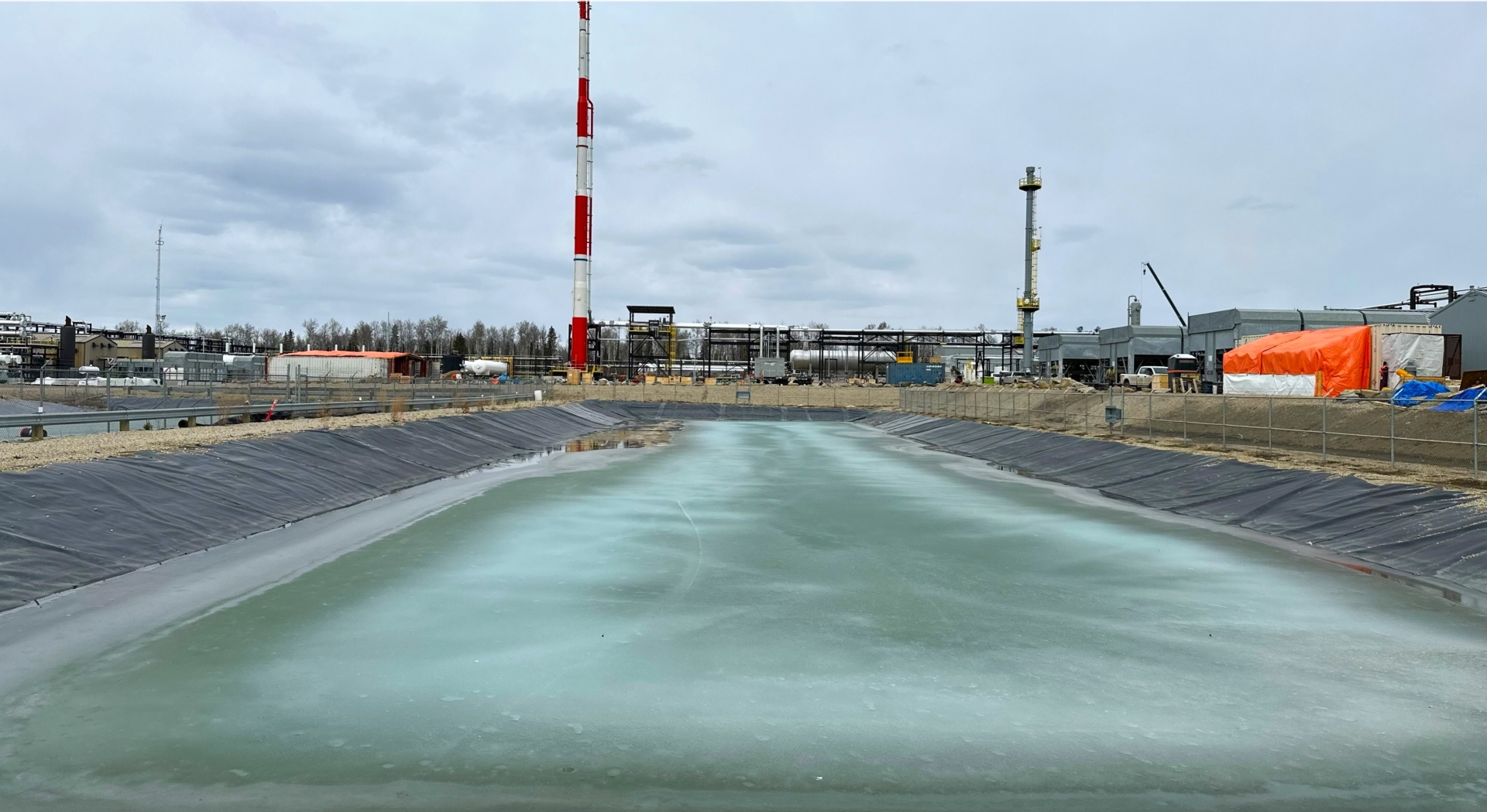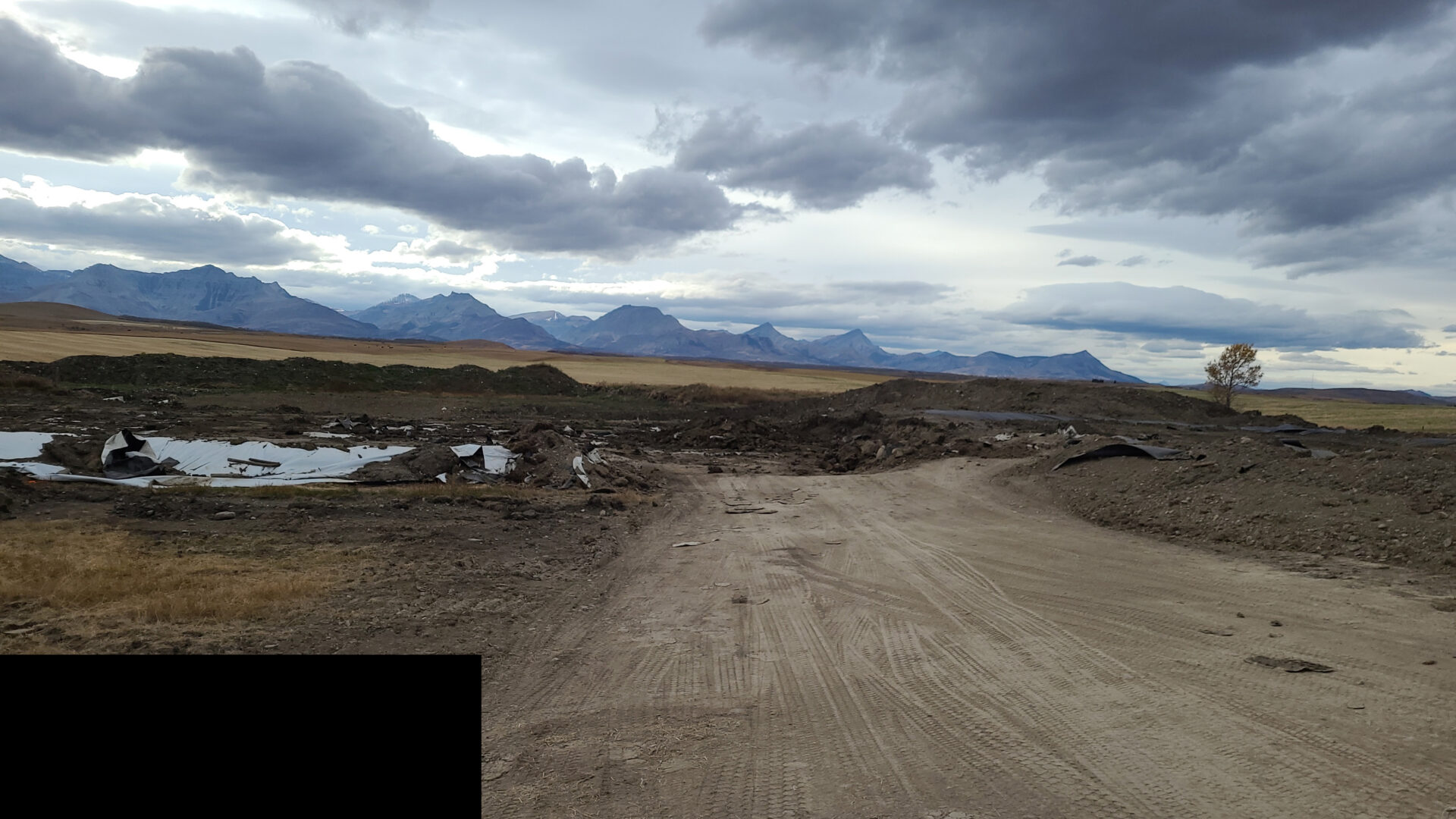Are oil and gas companies responsible for the end of life liabilities of assets they divest if the acquiring company goes bankrupt? This question has been reverberating throughout the oil and gas industry since the Redwater case first went to trial and with subsequent high-profile bankruptcies in Alberta. The fear is that companies will sell an asset to another entity that eventually goes bankrupt, and the Alberta Energy Regulator (AER) and Orphan Well Association (OWA) will come knocking on the door to recover costs for the end of life liabilities. A little-known precedent agreed to in the early 1990’s between industry and government appeared to have shielded industry from lookbacks, but the recent announcement that PricewaterhouseCoopers Inc. (PWC), acting as Trustee of Sequoia Resources Corp. (Sequoia), is pursuing Perpetual Energy Inc. (Perpetual) in the Alberta Court of Queen’s Bench for asset retirement obligations (ARO) has sent a renewed shockwave of unease throughout the industry.
John Nichol presented a paper at the CADE/CAODC Spring Drilling Conference in April 1991 titled Orphan Wells: Who is Responsible – For How Long and At What Cost? that describes the process undertaken to create the OWA and establish the current chain of title precedent. In the mid 1980’s, industry and government (ERCB, Alberta Environment, Alberta Energy) each contributed $1.5 million to form the precursor to the OWA to manage orphaned wells. As the number of orphan wells began to increase in the late 1980’s, industry and the government composed a joint task force that evaluated long term management options. The objective of the task force was to find a balance between protecting the public and not imposing unnecessary costs on industry, which culminated in the position that those who benefitted from the well should pay. The immediate outlook from the government was to follow the chain of title from licensee and receiver through to working interest participants, previous licensees and mineral rights owners. Industry expressed their concern over this proposed length of chain of title, and instead, recommended that chain of title be limited to current licensee, working interest participants and receivers in return for industry agreeing to fund 100% of the OWA. Further, government agreed to limit security requirements relating to licence transfers if industry agreed that the OWA would fund all orphaned wells that resulted from transactions.
Looking at current legislation, the Oil and Gas Conservation Act under sections 31 and 31.1 does provide the AER with a limited ability to hold divesting parties responsible for end of life obligations in very particular situations. Specifically, working interest participants who divest their interest in non-economic or shut-in assets can be held responsible if the purchaser fails to pay their proportionate share of suspension, abandonment and reclamation costs, so long as certain conditions are met. Directive 024 also references limited lookback authority (i.e. 24 months) for the large facility liability management program, but there has been no judicial consideration of this section to our knowledge.
The recent shockwave, however, revolves around Section 96 of the Bankruptcy and Insolvency Act (Act) and PWC’s assertion that ARO and future environmental liabilities can be used as consideration when deeming assets transferred undervalue. As per the Act “On application by the trustee, a court may declare that a transfer at undervalue is void as against…or order that a party to the transfer or any other person who is privy to the transfer, or all of those persons, pay to the estate the difference between the value of the consideration received by the debtor and the value of the consideration given by the debtor…” In the case, PWC asserts that Sequoia was insolvent at the time of transfer due to, among other things, the gross misevaluation of the ARO associated with the assets included in the transaction with Perpetual. All said, oil and gas producers who were formerly thought to be shielded from end of life obligations once an asset was divested are anxiously awaiting the decision in this case. It can be assumed that other similar cases will be brought forth to the Courts and the precedent will have resounding impacts for the oil and gas industry.
360 is committed to Making Growth Simple and are striving to be the leaders in understanding the complex picture of liability management and strategy. In light of this new case, it is more important than ever for all parties involved in transactions to properly assess ARO and develop execution strategies to retire these obligations. At 360, we are helping both divesting and acquiring companies in this process so as to avoid the situation faced by Sequoia and Perpetual.
Thanks for reading,
-Mike
































































